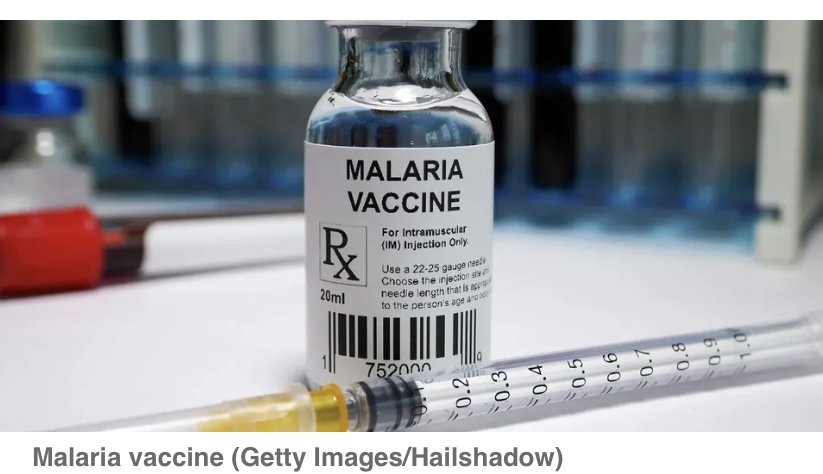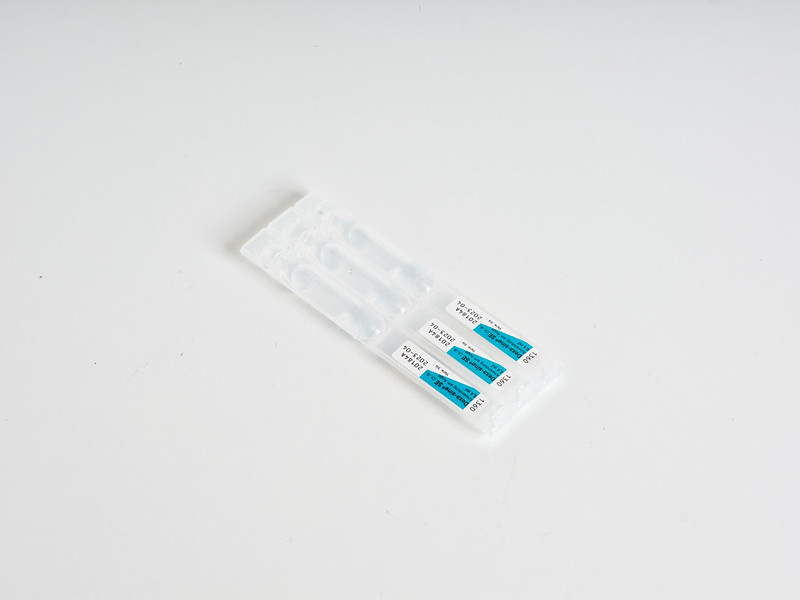
"Let us not get scooped up by gaslighting manipulators stealing our emotions and taking possession of our inner child to carry out their dark agenda. Let the light of our intuition guide us subtly and wisely along the path of trust and suspicion."
Before the 2020 election, there was considerable debate amongst the two leading political parties regarding who had invested more in health. This was against the backdrop of conversations around the provision of Universal Health Care (UHC), an undertaking the government of Ghana has committed to achieving by 2030. In recent days this debate has been resumed and is driven mainly by a conversation around which of the two political parties has recruited the most health workers. We hold the view that this debate is misplaced and adds nothing to a fruitful discussion about improving the quality and accessibility of health services in Ghana.
A look at data from the Ghana Health Service (GHS) will show that both political parties have recruited health workers during their tenure. However, none of them has managed to ensure that Ghana's health human resource ratios move closer to the minimum as suggested by the health World Health Organisation (WHO). According to the WHO, the minimal doctor to population ratio for member states should be 1: 1000. Available data indicates that, for sub-Saharan Africa, the doctor to population ratio in 2019 was 0.2: 1000. Currently, Ghana has a doctor to population ratio of 0.17: 1000. This ratio is lower than the WHO optimal and what pertains to sub-Saharan Africa.
It may interest readers to know that since 1996, Ghana's doctor to population ratio has never exceeded 0.2: 1000 population, a ratio achieved in 2013. It stands to question therefore why political actors would want to engage in public debates on this subject, instead of the broader question of the improvement of health outcomes. This for us is the crux of the matter and the conversation citizens need to be interested in. The point is, between 2008 and 2019, the yearly average growth rate in the number of doctors has been 5.63%. With a population growth rate of 2.2%, this is barely enough to ensure that the existing deficit of doctors, which currently stands at approximately 26,000 based on the current national population of 31.3 million, will be bridged.
Compounding this further is the huge disparity in the distribution of health human resources across the country. The majority of these doctors and other health professionals are situated towards the south of the country and in urban to peri-urban settlements; leaving the north in half and rural areas poorly catered for. Therefore, we find it surprising many citizens do not seek answers from political actors on these matters, but rather dwell on who has employed the most human resource. In our view, it is pointless to dwell on absolute numbers in these debates without looking at the end game of what health investment is supposed to achieve for the population.
We are of this opinion because health professionals are ultimately required to ensure the delivery of an efficient health service to society in a manner that ensures health outcomes are improved. The distribution of health professionals across society should be such that health delivery is not skewed to the benefit of any group. A look at some of Ghana's health outcomes suggests to us that the delivery of healthcare is not achieving these objectives.
Between 2010 and 2020, life expectancy at birth for Ghanaians increased from 61.03 years to 64.35 years (an average of 3.98 months each year). Over that period, Ghana dropped from 152nd to 161st amongst the 189 countries listed in the global life expectancy rankings. Over that period, a country such as Afghanistan which had the same life expectancy at birth as Ghana in 2010, has managed to maintain its position of 153rd in the global rankings by increasing its life expectancy to 65.17 years in 2020. Malawi, which had a life expectancy of 55.56 years in 2010, has also increased to 64.69 years in 2020 improving its global ranking to 157th.
A look at other health outcomes e.g., Infant mortality paints a similar picture. In 2010, Ghana's infant mortality rate was 49.42 deaths per thousand live births, and this had improved to 32.8 deaths per thousand live births in 2020. Meanwhile, Rwanda improved from 49.41 deaths per thousand live births to 25.38 deaths per thousand live births. The irony also is that most of these countries that are passing us by are spending less per citizen on healthcare than Ghana does. Whilst health expenditure per capita in Ghana was $78 in 2019, the figure was $35 in Malawi, $58 in Rwanda and $50 in Afghanistan.
Based on the above, we strongly recommend that the conversation around health moves from which of the two political parties have employed the most health professionals to what strategies they have in mind to curb the waste in Ghana's health sector. Additionally the conversation should include plans to increase the annual growth rate in the number of health professionals to a point where our population growth rate will not mitigate against improving the health professionals to population ratios towards globally accepted proportions.
We cannot continue to observe these mediocre trends in our health outcomes whilst listening to political actors self-congratulate and squabble over issues that have done little to reverse the tide. We need to get them to demonstrate that they understand the trends and what they mean. They should be able to own up to their contributions to these trends and demonstrate a willingness to rethink their strategies. We cannot continue to allow ourselves to be gaslighted when we know what the reality is.
For those who are still interested in the debate in absolute numbers, we leave you with this to ponder on. Globally, the availability of health workers to ensure the efficient running of a country's health system is estimated using Health worker-to-population density targets. This measures the density of doctors, nurses and midwives per 1000 people. Internationally the benchmark is 2.5 health workers per 1000 population, rising to 4.45 when the attainment of Universal Health Coverage (UHC) is factored in. Since 2005, the health worker-to-population ratio for Ghana has risen from 1.07 per 1000 population to 2.65 per 1000 population in 2019 (14 years). Ghana is signed up to achieve UHC by 2030 (approximately 9 years). Of these numbers, some health professionals remain unemployed due to the lack of financial clearance from the Ministry of Finance to be absorbed into our health system. Based on our average run rate, how feasible it is that by 2030, Ghana will have a health worker-to-population ratio of 4.45?
The politicians are out in force for one reason only, and that is to control the narrative around their efforts aimed at improving the quality of health care we receive leveraged around having improved the numbers of health workers. They are doing this without giving us any global benchmarks or comparing our situation to what good looks like. Rather, they are busy trying to slag it out using their skewed parameters. If you want to know what we think, we will tell you. This is not a productive debate, this is gaslighting, plain and simple.
Featured Image Courtesy of The Maternal and Child Survival Program (MCSP)
Edited by Winifred Awa.
 The Unseen Hand of Africa's Silent COVID-19 Community Spread
The Unseen Hand of Africa's Silent COVID-19 Community Spread
 Vaccine Available: What Next for Africa's Fight Against Malaria?
Vaccine Available: What Next for Africa's Fight Against Malaria?
 Resolving the Challenges Around Vaccination Status Authentication
Resolving the Challenges Around Vaccination Status Authentication
 Pharmacy in Ghana: Evolving Towards Universal Health Coverage
Pharmacy in Ghana: Evolving Towards Universal Health Coverage
 Unpacking the Confusion Surrounding the Testing Outcomes at KIA
Unpacking the Confusion Surrounding the Testing Outcomes at KIA
 Controlling Africa's COVID-19 Third Wave
Controlling Africa's COVID-19 Third Wave
 Confronting the Alarming Trend of Youth Suicide
Confronting the Alarming Trend of Youth Suicide
 The Balancing Act of Public Health and National Interest
The Balancing Act of Public Health and National Interest
 Prioritising the Health of the African Citizen
Prioritising the Health of the African Citizen
 An Open Letter to President Akufo-Addo on Vaccine Geopolitics
An Open Letter to President Akufo-Addo on Vaccine Geopolitics
 Will Africa's Replacement Fertility Trends be a Blessing?
Will Africa's Replacement Fertility Trends be a Blessing?
 Factionalism and Feuding Risking Patient Safety in Ghana's Health System
Factionalism and Feuding Risking Patient Safety in Ghana's Health System
Copyright ©2021 MedicALL. Powered By Mojave